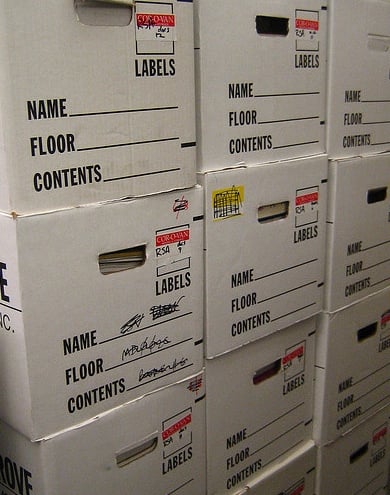The Solution to Data Migration Troubles

Content migration, system migration, data migration – there are so many ways to refer to the same thing: moving data from one system to a new one. It’s not always a necessary step to take now that robotic process automation can act as a bridge between legacy systems and new applications, but if a full upgrade is what will benefit your organization, UiPath is up to the task.

With so many organizations moving away from purchased software and towards cloud-based business process applications, there’s a need to transfer data into those new cloud applications. In the past, a large-scale transfer like that would require someone to write a complex database code or to task people with the mind-numbing project of manually copying and pasting information. While both of these solutions still work, they have serious problems.
When a content migration depends on a single hand-coded program, there’s the risk that the complexity of the code will lead to unforeseen mistakes, or that the incredibly difficult trick of formatting everything correctly will fail. Beyond that, such a solution could take months to develop, test, and implement. The other option to move large amounts of data was to have humans copy and paste everything. The drawbacks are almost too obvious to mention: paying all that extra staff time, a large amount of human error possible from inattention, a painfully slow upgrade, and the most boring job in history.
Thankfully, RPA is here to save us from that drudgery at least. UiPath in particular is well-suited for the task of migrating information between systems. Setting up a workflow to retrieve multiple fields and input them into another database is very simple. This video will give you an idea how that process can be automated with UiPath. Just imagine that the data being entered is being pulled from an already existing database.

Depending on the amount of data requiring migration, the process could be concentrated in a short period of time (a few weeks, for example) or spread out over a long period of time. One construction company is using UiPath to slowly migrate its legacy data into a cloud application. The UiPath robots work steadily and constantly (all day and overnight), but don’t require a large amount of dedicated power. Business can continue as usual while the robots do their work.
If you’re in need of automation that will move your data without a fuss, simply click the button below to get a free trial of our software.

Client Service Representative, Arts People
Get articles from automation experts in your inbox
SubscribeGet articles from automation experts in your inbox
Sign up today and we'll email you the newest articles every week.
Thank you for subscribing!
Thank you for subscribing! Each week, we'll send the best automation blog posts straight to your inbox.



